Too Late to Vertically Integrate
Too Late to Vertically Integrate —the leaders started 40 years ago
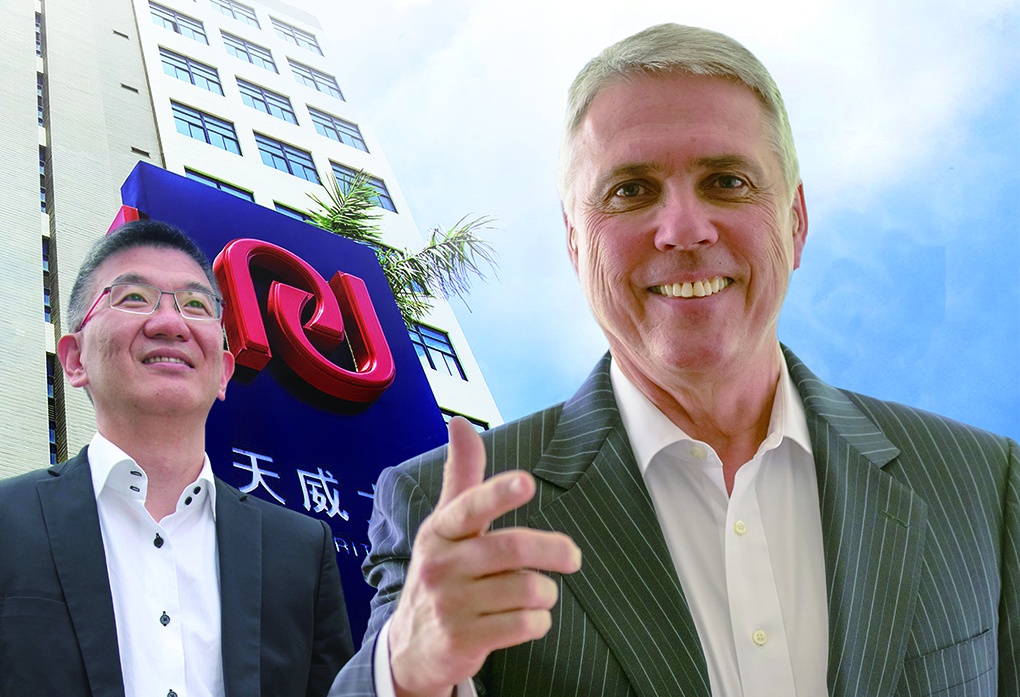 Most business managers choose to focus on core strengths and outsource to others what they cannot do something themselves.
Most business managers choose to focus on core strengths and outsource to others what they cannot do something themselves.
In our industry, for example, most remanufacturers focused on the “art” of remanufacturing ink and toner cartridges, relying on the skills of other companies for the making of component parts, inks, toners, plastics, chips and OPC drums. There’s nothing wrong with that, but it does mean being dependent upon others in order to make your remanufacturing business model work.
At the start of the 1990s, when cartridge remanufacturing kicked off, there was a frenzy of activity among companies to position themselves for success within a new and potentially highly-rewarding industry.
Remanufacturers started small and focused on mastering the HP SX cartridge—not HP’s first cartridge, but it’s second. The first was the CX and was not hugely successful. But the SX, made by Canon, was a runaway success. Eighty per cent of all installed printers at one time used the SX engine, creating a high volume of empty cartridges that fueled the global growth of cartridge remanufacturing.
Toner companies like Coates, ICMI and Imex started to develop monochrome toner, eventually overcoming all the technical problems related to humidity issues to make some great performing toners.
Fuji OPC devices made the first OPC drum available for the SX and partnered with Copylite in the USA for distribution. These first SX drums were selling for about $28.00, each with costs less than $3.00. It opened a floodgate with many other companies wanting to invest and join in the making of OPCs. Manufacturers of mag rollers, developer rollers and cleaning blades soon appeared. Silicon oil wands for the fuser assembly were made by Static Control.
With green flocking just like the OEM’s, the flocking technology was a nightmare to master. However, as with all these technologies, it was one step at a time, with companies hoping the investment would pay off with high product volumes and long-term demand.
Chips did not appear until 2000. At first, many thought customers would accept cartridges without a chip. That did not last long and thankfully many firms started to invest in chip design and manufacturing. Simple designs and simple chip technology did not last long as the OEMs continued to make their chip designs evermore complex with encryption. Chip design and chip making became key in an industry that relied on the chip being available to remanufacture the cartridge and make a sale to an end-user.
There were many companies in the supply chain that focused their special talents to produce the components, the inks and toners needed to support a fledgling industry.
Remanufacturers relied upon the continuous development of new products from these companies in order to keep up with the new cartridge demand and opportunities.
It was pointless having the toner and the OPC to remanufacture a new cartridge if there was no chip available to launch the product.
The larger remanufacturers realized they needed to help co-develop good cartridge systems and formed good alliances with toner companies, OPC companies and component makers.
But the chip was the major hurdle, with few developers willing to invest in an uncertain journey of time and money, unsure if they could ever bring a chip to market. Remember the T650 Lexmark chip? It took more than three years to develop and cost close to $4 million to bring to the market. It finally launched at $45 a chip.
Print-Rite Was the First
At least one company took a different route. The Print-Rite Group (the Group) was established in 1987 and based in Hong Kong. Formerly known as A&J Trading, it was founded in 1981. The Group, under the leadership of Arnald Ho, wanted to be less reliant on others to establish a successful business.
Over the last 40 years, the Group has had a vertically-integrated business model and has acquired many companies to expand its technology and manufacturing base. Today, the Group is the most vertically-integrated in the industry.
Vertical integration has many pros and cons and requires a leader with great foresight and vision, determination and confidence to pull it off.
Instead of operating solely as a manufacturer, distributor or retailer, a vertically-integrated company can perform the roles commonly carried out by a number of product-specific suppliers, usually decreasing product manufacturing costs, bringing the technologies together, expanding knowledge and intellectual property and in the process relying less on outside contractors for continued success, and greater control.
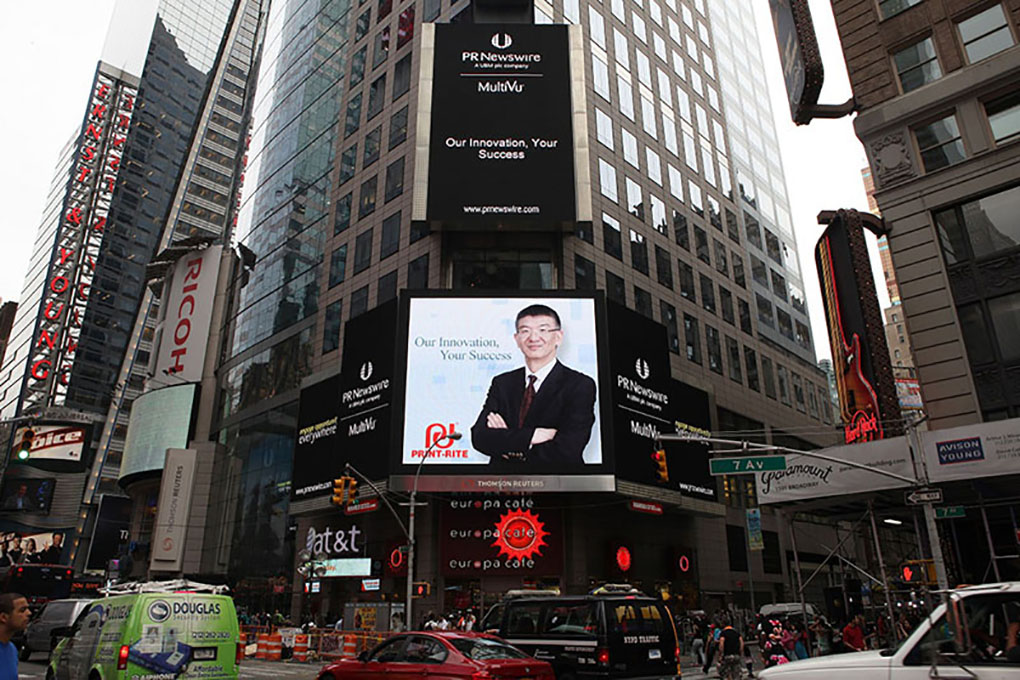 Vertical integration has many pros and cons and requires a leader with great foresight and vision, determination and confidence. Print-Rite bucked the trend over the last 40 years and today, enjoys an unrivalled reputation globally as a tier-one manufacturing company, making its own inks, toners, OPCs and plastics. The ICMI toner plant was purchased in 2000 and the Group acquired the AEG OPC plant in 2010, now called APS. Chip development started in 2000. The Group became less dependent and more self-sufficient as it built its global business over the last 40 years.
Vertical integration has many pros and cons and requires a leader with great foresight and vision, determination and confidence. Print-Rite bucked the trend over the last 40 years and today, enjoys an unrivalled reputation globally as a tier-one manufacturing company, making its own inks, toners, OPCs and plastics. The ICMI toner plant was purchased in 2000 and the Group acquired the AEG OPC plant in 2010, now called APS. Chip development started in 2000. The Group became less dependent and more self-sufficient as it built its global business over the last 40 years.
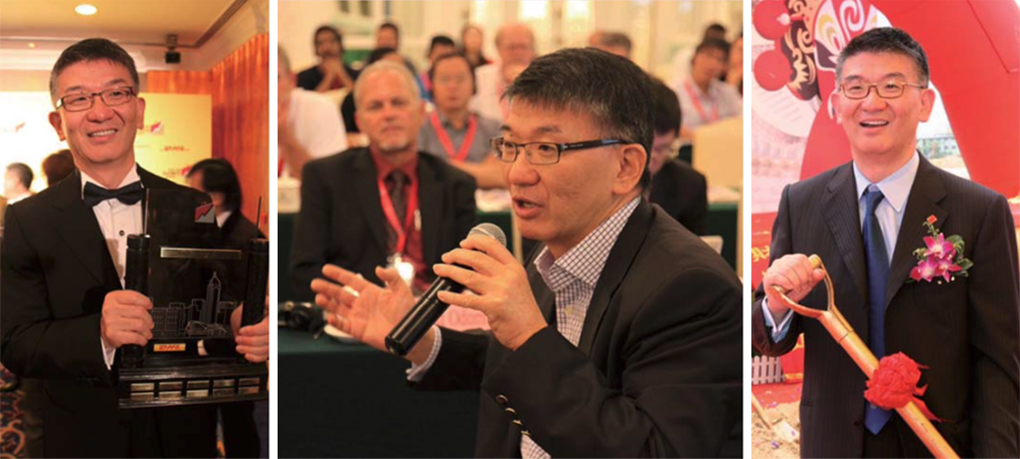
Print-Rite’s larger than life founding CEO Arnald Ho was profiled in Times Square, New York, has been recognized with enterprise awards and as a loyal and outspoken champion of imaging industry associations.
Innovation is Core
A vertically-integrated company can acquire various technologies, but without innovation to pool the resources and technologies together, it is hard to capitalize upon the investments made.
Innovation is the key to drive patents and new products that open up new markets, new sales opportunities and creates advantages over the competition. The group today owns around 3,000 patents and is seen as a leading industry innovator providing almost everything related to 2D products.
Recently its European subsidiary PRPS GmbH launched its Pelikan-branded bio-based range of toner cartridges that significantly reduces the CO2 footprint and utilizes a bio-based toner of 48 per cent organic materials and a bio-based plastic that uses 57 per cent organic materials. The result: the most eco-friendly range of toner cartridges available. A great example of technology integration and innovation at work in the Group.
As our industry changes direction and OEMs shift business models to adapt to changes, the need to be agile and sure-footed to adopt efficient operational structures enhances the competitive profile of the business. Vertical integration and outsourcing are viable approaches that can go hand in hand. Outsourcing frees up capital and can buy time when doing everything yourself sounds good but sucks up cash flow and takes time to get it right.
The Group made and sold their first IP- safe compatible product in 1984, a ribbon that went on to be highly successful to the business. Patent-safe compatible products require the integration of different technologies, talents and patent know-how. This includes the ability to understand all the relevant valid patents, reverse engineer and be able to develop ‘design-arounds’ that ensure the final product performs equally as well as the original—without infringing the OEM patents. That’s much easier said than done.
That is why the Group led the way in IP- safe compatibles. It should be noted these IP-safe compatibles have been legitimized further, in recent times, with some major OEMs preferring to sell them over remanufactured cartridges in order to drive higher profit margins on contracted printers.
For 40 years, Print-Rite has successfully used a model of vertical integration to gain control, be less reliant and dependent on vendors, to expand its technology understandings and to build a powerful patent portfolio that sets it apart from its competitors. As resellers take a page out of the OEM book and switch to IP-safe compatibles for bigger margins, the Group is in the right place at the right time with the right IP-safe compatible products.
It is too late to vertically integrate now in this industry but maybe we will see some backward vertical integration as resellers start to acquire their suppliers or start manufacturing on their own.
It’s never easy at the top making these type of business decisions, but as the well-known saying rings in our ears: “it ain’t over till the fat lady sings.” ■
 Steve Weedon is an award-winning CEO who has held senior management positions at various OEMs as well as Katun Corp and SCC. He is the Chief Executive Officer of Print-Rite Europe Limited, and Print-Rite Pelikan GmbH Germany.
Steve Weedon is an award-winning CEO who has held senior management positions at various OEMs as well as Katun Corp and SCC. He is the Chief Executive Officer of Print-Rite Europe Limited, and Print-Rite Pelikan GmbH Germany.
He was the original founder of The Recycler Magazine and of trade shows in Europe. He also established Static Control’s Worldwide Subsidiaries and relocated to the US to become executive vice president. Weedon headed up the global Cartridge World network after it was acquired in 2016. He can be contacted on LinkedIn.
Weedon is a popular columnist in RT ImagingWorld Magazine and speaker at RT Summits and events. You can read his other blogs:
- Too Late to Vertically Integrate – this article was also featured on pages 46-49 in RT ImagingWorld magazine.
- Disrupting Imaging Supplies in Europe
- Debate: NBCs are Bad for the Environment — I Disagree!
- Pelikan Bio-based Printer Cartridge Set to Sizzle
- Facts Right in Compatibles White Paper: The published Actionable Intelligence white paper on the legitimacy of premium compatibles gets its facts right and vindicates what many have known for years.
- What on Earth is Going On? What in the world IS going on? Progress. You cannot stop progress. Good for some, bad for others, but always an opportunity. Despite all the changes, threats and weak business models, the aftermarket has a chance to grow beyond the 25% market share it has now—and that’s exciting.
- A Brief History of Copying: A brief history of copying reveals that even before digital printing, copying existed and paved the way for the printing demand we see today.
- Pigs Can Fly If You Really Want to Believe It: The way we communicate has become instant, impactful and it’s all true and reliable. Right? Then pigs can fly.
- Ostriches Pull Your Head Out: Ostriches pull your head out and see what is really going on. It is caused by the fear of change in our industry brought on by goods manufactured in China. Runaway from China or run towards China and see what it can do for you. I recommend the latter.
- Where are the Peanuts?: Pretzels! Where are the Peanuts? Customer service is critical if you want to retain customers and includes providing a better customer experience.
- Is there a Future for Cartridge Remanufacturing?: Is there a future for cartridge remanufacturing which is already in decline with non-infringing, new built cartridges becoming better and cheaper and with more margins as well.
- Girls Girls Girls – You can Be Anyone You Want to Be: In our industry, you do not need to look that far to see the list of powerful women who have made their marks.
- Another One Bites the Dust: and it’s the reason the New Year follows the end of an old year as we hope for a better future than the past.
- Once Upon a Time There was a Candlestick Maker: Once upon a time there was a candlestick maker who never adapted to the channel changes and got left behind with the resellers, dealers, distributors, remanufacturers, NBC makers and OEMs.
- Clones Compatibles Counterfeits and You: Clones, compatibles, counterfeits and you are all impacted as technology marches forward with more and more counterfeiters being caught and doing jail time. Don’t do it!
- Pioneers – Just What We Need: to invest in the technical and IP challenges to provide products for our industry without trying to control the market.
- It’s Often True But Not Always True: Change has been taking place in our industry since 2015 which is not good for those who did not see it coming. The truth is the Aftermarket will significantly grow its market share, way beyond the 20-25% it claims now.
- Desperate Times Give Way to Lies and Fake News: Desperate times give way to lies and fake news when the facts don’t suit the argument and some will be fooled but not everyone will be fooled all the time.
- Mobile Printing: A Problem Waiting for a Solution: Those that don’t show up to the ball game have no chance of winning the game.
- Knowledge is Power and Ignorance is Bliss: meaning some successfully know what is going on in business and others remain uninformed until it is too late.
- Innovation — The Only New Idea humans use comes from taking an old idea and building on it, modernizing it, making it better and more innovative.
- Is it a Blip or Everlasting? Steve Weedon asks what China will bring as it ascends to become the biggest economy on the planet. Will be a blip or everlasting?
- The Birth of A New Industry: It’s not very often you witness the birth of a new industry where is no competition, no OEMs, no chips, no lawsuits, and no backstabbers, yet it offers outstanding profit margins and transcends every language in every corner of the world.
- Hang on to Your Wallets Big Brother is Watching You with people-based marketing growing as is the data all about you becoming digitally clear.
Comment:
Please add your comments below about this article, “Too Late to Vertically Integrate” or join the conversation on social media on LinkedIn.


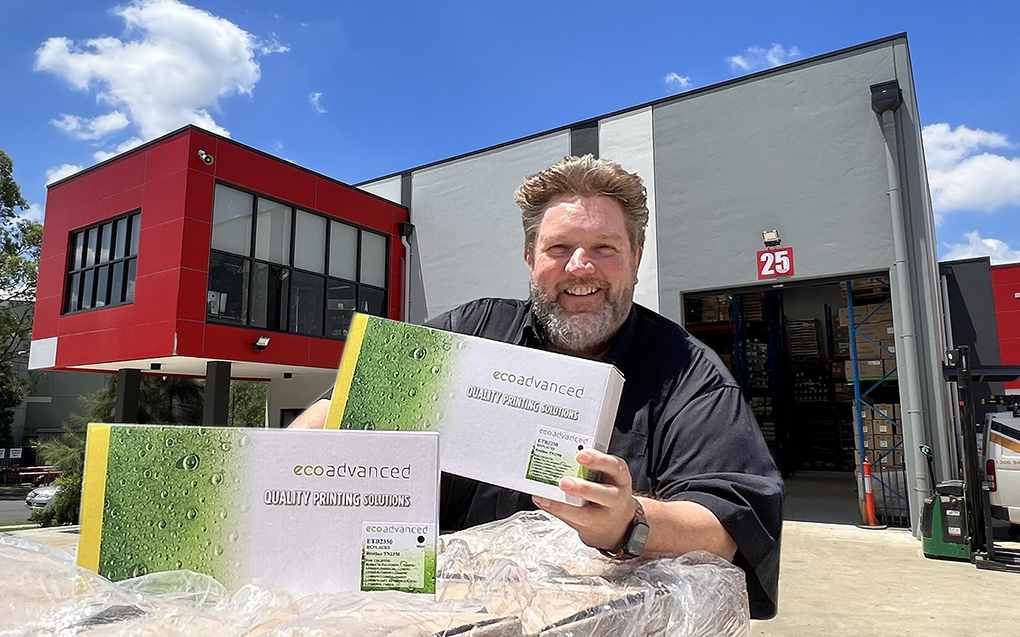

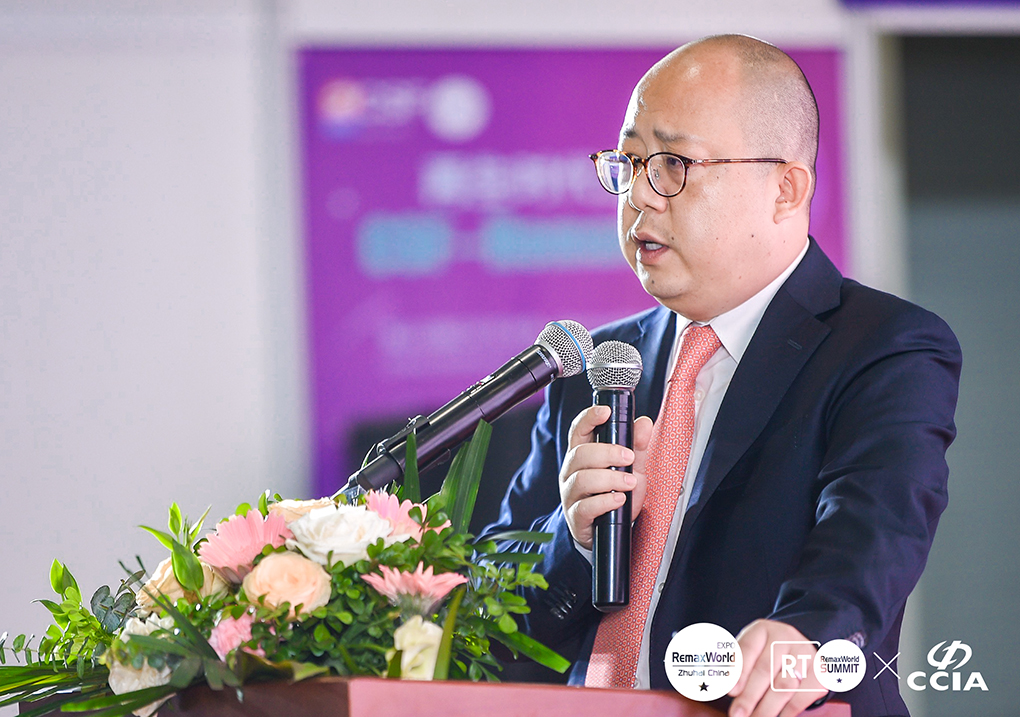
a great read, Steve. Fascinating insights.